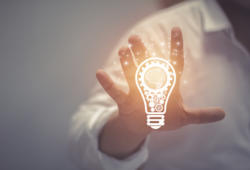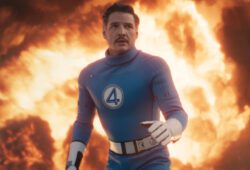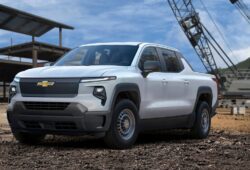
If you’re a soda fan, then we’ve got good news for you — PepsiCo has just announced the launch of a new soda… with prebiotics! That’s right. Now you can help support the growth of beneficial bacteria in your body without losing the traditional Pepsi flavor. Pepsi Prebiotic Cola will be available soon. Here are all the details.
What is the new Pepsi Prebiotic Cola like?
This new product offers the classic Pepsi taste but with the added functional ingredient of 3 grams of prebiotic fiber. It also includes 5 grams of cane sugar, contains 30 calories, and has no artificial sweeteners. Pepsi Prebiotic Cola will be available in Original Cola and Cherry Vanilla flavors, as well as in single 12 oz (355 ml) cans for trial and 8-packs of 12 oz (355 ml) cans.
ALSO READ McDonald’s launches a new burger for its McValue Meal Deal! This includes
When will the new Pepsi Prebiotic Cola be released?
This new Pepsi will be available online starting in Fall 2025 and in retail stores in early 2026.
How many types of Pepsi are there?
In addition to the classic cola, the company has released other soda flavors that are still available, such as:
- Pepsi Twist (Lemon)
- Pepsi Light (Sugar-Free)
- Pepsi Max (Sugar-Free)
- Pepsi Max (Caffeine-Free)
Which Pepsi sodas will be discontinued?
At the end of 2024, the company announced that some of its products will cease production this year. These are the sodas that will be discontinued:
- Pepsi Mango
- Pepsi Mango Zero Sugar
- Pepsi Nitro (Original and Vanilla)
Sodas won’t be the only products to be discontinued, as other beverages are also expected to be phased out, including:
- Rockstar Focus (Sweet Melon, Mango Passionfruit, Watermelon Kiwi)
- Rockstar Punched Lime Freeze
- Mountain Dew Spark
- Mountain Dew Spark Zero Sugar
- Mountain Dew Major Melon
- Mountain Dew Major Melon Zero Sugar
- Mountain Dew Frostbite
ALSO READ Here’s how you can play Coldplay Canoodlers, the video game inspired by Andy Byron and Kristin Cabot
History of PepsiCo
PepsiCo, Inc., headquartered in Purchase, New York, is one of the most influential companies in the global food and beverage industry. Its official story began in 1965 with the merger of Pepsi-Cola Company and Frito-Lay, combining the worlds of beverages and snacks. However, the origins of Pepsi date back to 1898, when pharmacist Caleb Bradham created a cola-flavored soft drink that quickly gained popularity in North Carolina. Over the decades, PepsiCo has gone through phases of expansion, reinvention, and diversification, positioning itself today as a leader in the sector.
In the 1950s, under the leadership of Alfred N. Steele, the company experienced a major boom thanks to massive advertising campaigns and a strong commercial strategy that multiplied profits and strengthened its direct competition with Coca-Cola. The 1970s marked a new stage with the addition of snack brands such as Doritos, Lay’s, and Rold Gold, followed by the acquisition of major fast-food chains like Pizza Hut, Taco Bell, and KFC. Although these were later spun off in 1997 to form Tricon Global Restaurants (now Yum! Brands), the move highlighted PepsiCo’s drive to expand beyond beverages.
In the following years, the company strengthened its portfolio with products considered healthier, such as Tropicana juices, Quaker Oats, and Aquafina bottled water. It also adapted to modern trends with launches like Bubly, Gatorade Zero, and the popular FLAMIN’ HOT spicy flavors. With a presence in more than 200 countries and a customer base that exceeds one billion people daily, PepsiCo continues to innovate and tailor its offerings to local tastes while expanding its global footprint with brands like Sabritas, Gamesa, and Matutano.
Which soft drink sells the most in the United States?
Coca-Cola remains the most popular soda in the United States. However, the number two spot, which was long dominated by Pepsi, is now held by Dr Pepper. After years of gradually gaining market share, Dr Pepper has surpassed Pepsi, which now falls to third place.
Which country consumes the most soda?
The United States leads the world in per capita soda consumption, with an average of 192 liters per person annually. Argentina and Belgium rank second and third, respectively, in soda consumption.









